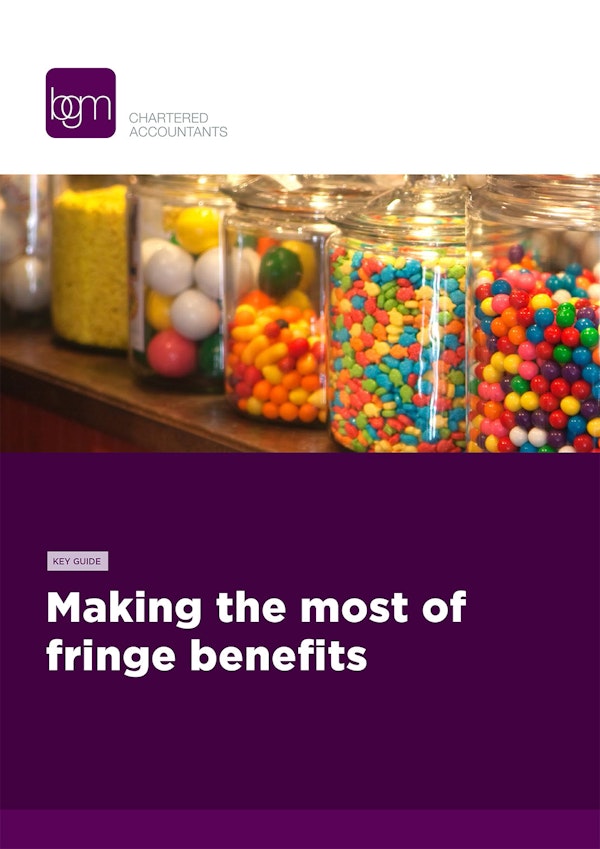Making the most of fringe benefits
More than just a salary
Although the main rate of employee national insurance contributions (NICs) is just 8%, fringe benefits still have a definite tax advantage when compared to conventional salary. Even if there is not much, if anything, in the way of income tax saving, directors and employees can avoid NICs. Certain tax-advantaged fringe benefits will also mean no, or little, NICs for the employer, with these types of benefit particularly suited to a salary sacrifice arrangement. Such arrangements are now more beneficial than ever with the rates of NICs payable by employers having increased to 15%.

Private medical and dental cover is by far the most popular taxable benefit, with company cars second. The number of directors and employees with company cars has decreased in recent years, but figures for 2022/23 show a marked increase. Although the company car benefit can easily be very tax inefficient, HMRC figures show a distinct move towards lower emission vehicles, especially those with zero-emissions. Zero and ultra-low emission company cars now account for nearly half of the total.
The October 2024 Budget included changes to company car percentages for the tax years 2028/29 and 2029/30. The changes will see the percentage for electric-only powered cars increase by 2% for each of these two years, with the overall maximum cap going up by one percentage point each year.






